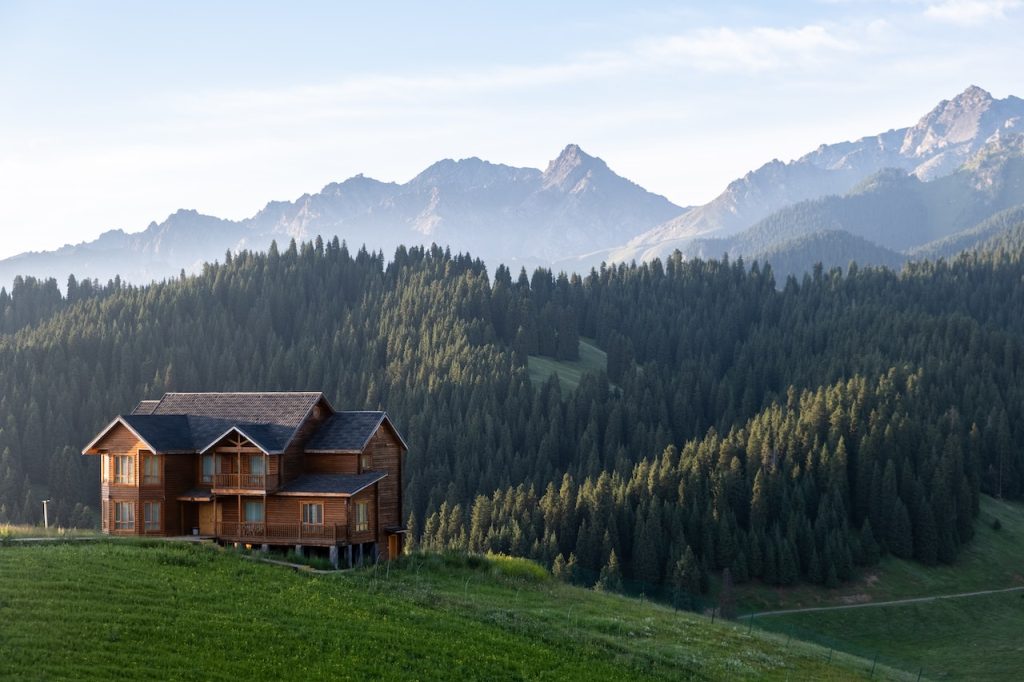# Greening Your Garden: Top Sustainable Plants for Eco-Friendly Spaces
There’s something magical about waking up to the soft glow of sunrise, coffee in hand, and walking through a garden filled with vibrant plants that not only look beautiful but also give back to the earth. I remember the first time I cleared a small patch of land, dreaming of filling it with thriving greenery. Fast forward a few seasons, and I was knee-deep in compost, surrounded by a selection of sustainable plants that transformed my space into a flourishing ecosystem. That experience opened my eyes to the beauty of cultivating an eco-friendly garden, and I want to share some insights with you about nurturing a green sanctuary right in your backyard.
## Why Go Sustainable?
Before diving into plant recommendations, it’s essential to understand why sustainable gardening matters. Traditional gardening can sometimes lead to over-reliance on chemical fertilizers, pesticides, and water usage that strains local ecosystems. Sustainable gardening focuses on using resources efficiently, fostering biodiversity, and nurturing an environment that can thrive without excessive human intervention.
Shifting to sustainable planting can help restore ecological balance, offer habitats for wildlife, and create a beautiful, low-maintenance garden that honors nature. With the right choice of plants, your garden can become a little slice of heaven—one where every bloom, leaf, and insect plays a role in a greater community.
## Top Sustainable Plants for Eco-Friendly Spaces
So, what plants should you consider to green your garden? Here are some top picks that not only thrive in various climates but also contribute positively to the environment.
### 1. Native Wildflowers
Native wildflowers are a gardener’s best friend. Plants like **Echinacea** (Coneflower) and **Rudbeckia** (Black-eyed Susan) are not only stunning but also attract pollinators like bees and butterflies. They’re low maintenance, requiring less water and care than non-native species, and they naturally adapt to the local environment.
**Pro Tip:** Create a wildflower meadow section to promote biodiversity. Mix different species for a dynamic visual effect!
### 2. Herbs for Home and Health
Herbs such as **Basil**, **Thyme**, and **Rosemary** are perfect for sustainable gardens. They require minimal resources, are excellent for culinary uses, and can help deter unwanted insects. Plus, they’re a fantastic way to lure pollinators right into your garden.
**Pro Tip:** Plant herbs in containers or near vegetable beds to maximize space. They can help enhance the growth of neighboring plants!
### 3. Edible Perennials
Consider incorporating **Asparagus**, **Rhubarb**, and **Artichokes** into your garden. These edible perennials produce food year after year without needing to be re-planted, minimizing soil disturbance and resource input.
**Pro Tip:** Pair these with companion plants: for example, asparagus grows well alongside tomatoes, which provide shaded protection.
### 4. Fruit-Bearing Shrubs
Fruits like **Blueberries**, **Raspberries**, and **Blackberries** are not only delicious but also contribute to soil health. These shrubs improve the soil with their root systems and, when pruned correctly, can yield fruit for years.
**Pro Tip:** Use companion planting with nitrogen-fixing plants like clover to improve soil health next to your berry bushes.
### 5. Shade-Tolerant Plants
If your garden features areas with less sun, consider adding **Ferns** and **Hostas**. These plants thrive in shaded spots, and their foliage can add texture and depth to your garden landscape. Incorporating moss can also create a lush, green ground cover.
**Pro Tip:** Layer different shades of green and leaf shapes to create visual interest and foster a healthy micro-ecosystem.
### 6. Drought-Resistant Flora
For arid regions or water-conscious gardeners, **Lavender**, **Sedum**, and **Sage** are ideal choices. These plants are designed to thrive on minimal water, and they can withstand both heat and drought, making them perfect for low-maintenance gardens.
**Pro Tip:** Mulch around plants to retain moisture and minimize weed growth, enhancing your garden’s resilience against drought.
### 7. Trees for Shade and Habitat
Planting trees like **Red Maple** or **Black Cherry** can significantly contribute to your garden’s sustainability. They provide shade, sequester carbon, and serve as habitats for a variety of wildlife.
**Pro Tip:** Create a rain garden around tree bases to capture runoff and improve drainage while fostering a vibrant ecosystem.
### 8. Cover Crops
Don’t forget about cover crops like **Clover** and **Buckwheat**. These plants can be grown during the off-season to improve soil fertility, reduce erosion, and suppress weeds. They’re nature’s way of prepping your soil for the next planting season.
**Pro Tip:** After harvesting your main crops, plant cover crops to maintain soil health throughout the year.
## Building an Eco-Friendly Garden
Creating a sustainable garden goes beyond just choosing the right plants. Here’s how you can enhance your eco-friendly practices:
### Composting
Start a compost bin to recycle kitchen scraps, yard waste, and fallen leaves. Compost adds rich organic matter to your soil, improving drainage and nutrient content.
### Water Conservation
Install a rain barrel to collect rainwater. Use drip irrigation to minimize water waste during hot months.
### Integrated Pest Management (IPM)
Incorporate natural pest control methods such as beneficial insects and natural repellents to combat garden pests without chemical solutions.
### Create Wildlife Habitats
Introduce birdhouses, insect hotels, and native plants to attract a diverse array of fauna. This creates a balanced ecosystem that encourages natural pest control.
### Education & Community
Join local sustainable gardening groups or online forums. Share knowledge, exchange plants, and learn from one another’s experiences. Oftentimes, community gardening can lead to incredible collaborative projects that benefit everyone involved.
## Pro Tips to Green Your Garden
1. **Start Small:** Begin with a small area and gradually expand as you gain confidence and experience.
2. **Group Plants Wisely:** Place plants with similar water and sunlight needs together to make maintenance easier.
3. **Observe and Adapt:** Spend time watching how the sun moves across your space and how water drains to optimize placement.
4. **Rotate Crops:** Practice crop rotation each year to maintain soil health and prevent pest buildup.
5. **Mulch and Layer:** Use organic materials like straw, leaves, or wood chips to create layers that conserve moisture and suppress weeds.
6. **Be Patient:** Gardening is a continuous learning journey. State adjustments, and give plants time to adapt and flourish.
## Conclusion
Greening your garden is a rewarding adventure that connects you with nature, your local community, and even yourself. By choosing sustainable plants and adopting eco-friendly practices, you can create not only a beautiful landscape but also a thriving ecosystem. Each plant, insect, and layer of soil plays a role, and with careful cultivation, your garden can flourish in harmony with the environment.
Whether you’re dreaming up a vibrant wildflower meadow or cultivating herbs for your kitchen, your sustainable garden awaits. Happy planting!



